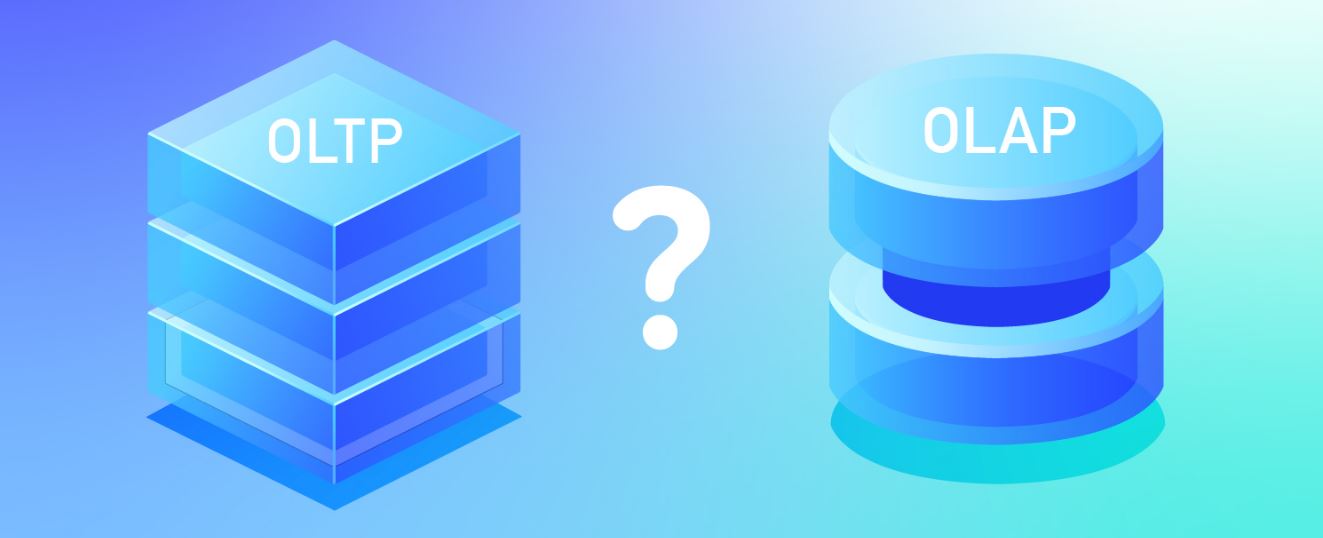
In the world of data management and analysis, two terms pop up: OLTP and OLAP. These stands for Online Transaction Processing (OLTP) and Online Analytical Processing (OLAP).
While both are crucial components of modern data systems, they serve different purposes and have different architectures for specific tasks.
In this article, I’ll delve into the differences between OLTP and OLAP to gain a clearer understanding of their roles and functionalities.
What is OLTP?
OLTP (Online Transaction Processing) refers to a class of systems designed to manage transaction-oriented applications.
These applications typically involve a large number of short online transactions, such as recording sales, processing orders, or updating inventory.
OLTP systems are optimized for handling frequent, small, and fast transactions in real-time.
1. Transactional Focus: OLTP systems prioritize data modifications, ensuring the integrity of transactions by enforcing ACID (Atomicity, Consistency, Isolation, Durability) properties..
2. Normalized Data Structure: Data in OLTP systems is typically normalized to reduce redundancy and maintain consistency.
3. Concurrent Access: OLTP systems are designed to support concurrent access by multiple users.
4. Low Latency: The primary goal of OLTP systems is to handle a high volume of transactions with minimal latency, making them ideal for real-time transaction processing.
What is OLAP?
On the other hand, OLAP (Online Analytical Processing) focuses on complex analytical queries.
OLAP systems are designed for easier decision-making and data analysis by providing fast query response times and support for complex analytical operations.
1. Analytical Focus: OLAP systems are optimized for querying and analyzing large volumes of historical data to extract insights and trends.
2. Denormalized: OLAP systems often utilize denormalized or star/snowflake schema structures to optimize query performance and facilitate complex analytical operations.
3. Aggregated Data: OLAP systems typically store pre-aggregated data to fasten query performance and support analytical operations such as slicing and dicing data.
4. Read Workload: While OLTP systems prioritize write operations, OLAP systems prioritize workloads with read focus, where users retrieve data for reporting and decision-making purposes.
Key Differences between OLTP and OLAP
| Topic |
OLTP |
OLAP |
| Primary Functionality |
Focus on transaction processing, data integrity and high-throughput transactional workloads |
Analytical processing to facilitate decision-making and data analysis |
| Data Structure |
Normalized data structures optimized for transactional efficiency |
Denormalized structures to optimize query performance and support complex analytical operations |
| Workload Type |
Write-heavy transactional workloads with small transactions |
Read-heavy analytical workloads involving complex queries on large datasets |
| Query Complexity |
Simple CRUD (Create, Read, Update, Delete) operations |
Complex analytical queries involving aggregation, filtering, and manipulation of large datasets |
It’s important to know that the difference between OLTP and OLAP is not always distinct. Some systems mix features from both OLTP and OLAP.
These mixed systems take advantage of the best parts of each to meet the different needs of businesses.
This means organizations can create a data setup that’s flexible and can handle both regular transactions and complex analysis smoothly.